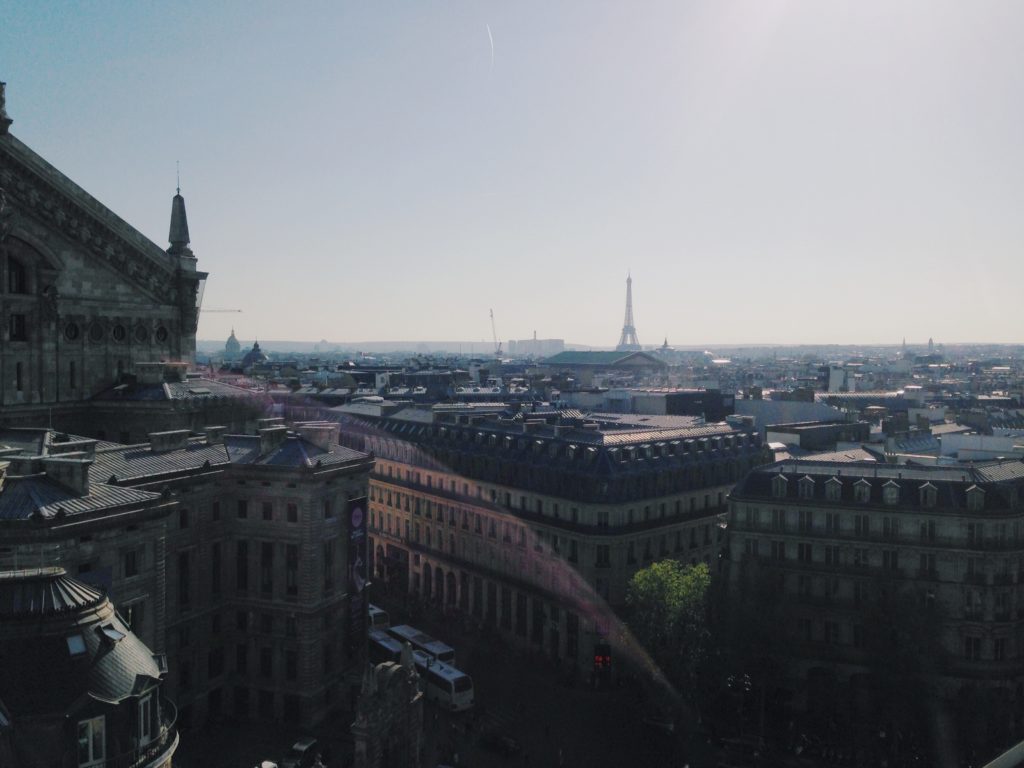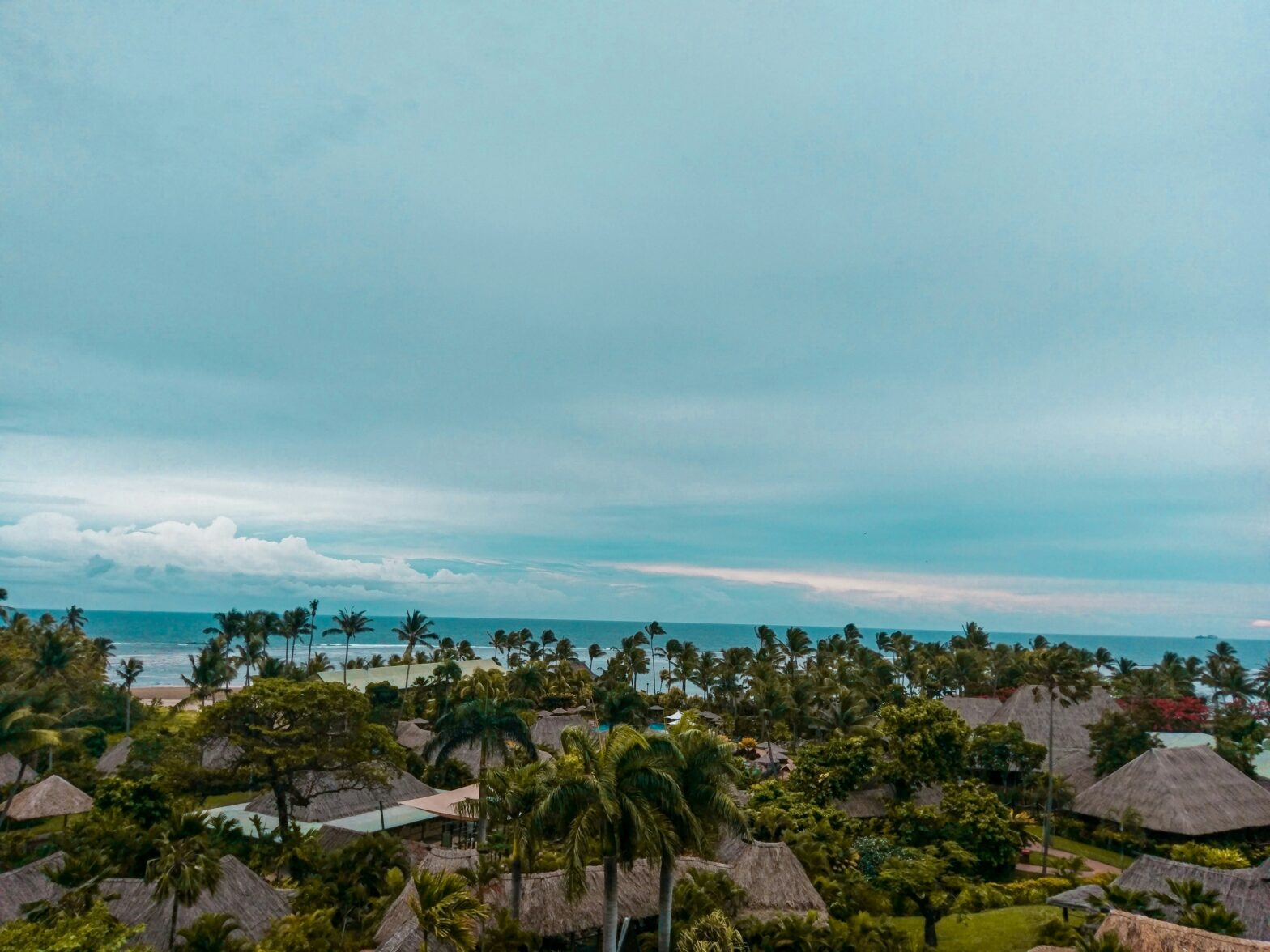Have you been spellbound by Paris and its array of Haussmannian buildings? The sentiment is mutual. Despite no longer being the most visited metropolis in the world, Paris has not lost its touch. Its exudation of romance, artisanal boulangeries and street accordionists have fueled curiosities around the world and enthralled many to ditch their barren lives and immerse themselves in French culture. I have devised a list of intrinsic tips for Parisian tourists which can amplify one’s experience in the City of Lights, whether you’re peregrinating for three days or a fortnight.
Do not rent a car. Rental cars are futile if you plan on solely staying in Paris. For a multi-destination voyage, it’s advantageous, adventurous and affordable. However, do not be fooled my alliteration, you won’t benefit from it if you’re only staying in the city. The inescapable bouchons will leave you feeling irate while local pedestrians’ lack of discipline and knack for danger will be exasperating. Furthermore, the price of gasoline is at its peak in several European cities, including Paris. The most recent Bloomberg Gas Price report ranked France #15 in countries where gas is most expensive whilst USA is #51. However, do not be dispirited. The best way of getting around the metropolis is by métro. With 16 lines, 303 stations and 62 transfers, the seemingly daunting transit system is practical, cost-effective and relatively easy. The Paris Visit Pass offers unlimited access to the metro, bus and RER (for those traveling outside of the metropolitan area: Versailles, Orly and Charles de Gaulle airports) with rates starting at €6. I also recommend downloading the Visit Paris by Métro application for on-the-go assistance. Besides its itineraries, maps and tips, it additionally offers basic French sentences useful in day-to-day interactions.
Beware of pickpockets. Let’s be frank, Paris isn’t all chocolats au lait and macarons. Tourists are ruefully main targets of larceny. Most pickpockets work in groups and are predominantly young adolescents (French laws are very forbearing towards minors). Most of the crimes are committed on the métro as people are crammed into trains. While you’re manoeuvering with the rest of commuters, a pickpocket can be going through your bag as you’re being pushed into the train. If you’re standing near the doors, they can hastily grab your purse as they exit the train. Another common lieu of vandalism is on the street. By pretending to sell an item or asking for directions, pickpockets will divert your attention while their accomplices steal your personal goods. In any of these cases, I recommend leaving all valued items at home. The first rule of thumb is to carry a small amount of cash, on average you shouldn’t need more than €50 to partake in daily activities (excluding lavish shopping trips and dinners at Michelin restaurants). As for pieces of identification, I never carry my passport and opt for a health or citizenship card instead (driver’s license also does the trick). Furthermore, I suggest using a cross-body bag with zippers and putting your valuables in the inside pocket. Pickpockets also lust for electronics, therefore be very careful when wielding your phone or camera. If you’re being vandalized, do not be afraid to yell for the police, especially on major avenues and close to landmarks, as theft has sadly become a cyclical theme for Parisian public officials.
Going up La Tour Eiffel isn’t a must. A preponderance of city guides suggest touring the iron lattice tower to get a panoramic view of the city and even provide a handful of tips on how to avoid the hectic lines. While this is archetypal for tourists, it is also costly. A skip-the-line ticket is priced at 57.89$ and a regular ticket with access to the summit is €15. In recent years, The Montparnasse Tower has been praised as an alternative but also falls short. Despite the galvanic views from its 56th floor, the €13.50 price tag indicates that it’s more of a tourist trap than a substitute. Therefore, I suggest visiting the Printemps department store located near l’Opéra in the 9th arrondissement. From its 9th floor, you get a scenic view of the Panthéon, the Eiffel Tower, l’Arc de Triomphe and Paris’ quintessential sandstone buildings. The Galeries Lafayette, a department store also located on Boulevard Haussman, offers a gratis panorama of the city, with a closer look at the Opéra Garnier. Warning: do not be enticed by the consumerism devil urging you to buy a Chanel bag and a Van Cleef & Arpels necklace on your way to the terrace.
Ditch the hotel, opt for a rental. Although staying at a luxurious hotel such as The Hotel Crillon and the Plaza Athénée constitutes a quintessential Parisian moment, it’s nearly unfeasible if you are budget-friendly. With rates starting at €650 a night, it is best to forgo the Beyoncé-esque lifestyle and consider options in the double-digits. When asked where to stay in Paris, I invariably suggest renting an apartment through Airbnb or Wimdu. Both websites offer a multitude of properties in metropolises around the world, at a moderate price. Whether you’re gravitating towards Le Marais or La Bastille, the options are endless. Airbnb and Wimdu offer the option of renting an entire residence, or stay in a private or shared room. Due to my perennial need for privacy, the latter isn’t a personal favorite, however it is a great way to assimilate into the culture and perhaps build unforeseen relationships. The Airbnb and Wimdu databases are comprised of accommodations offering amenities such as WiFi, TV and often washers and dryers for convenience. Most hosts are flexible with check-in/out times and often provide local tips on how to best enjoy your stay. The only adversity one can face is having your reservation cancelled before the day of arrival. As mishaps happen, it is best to carefully read the reviews posted by fellow travelers and if a pattern of cancellations exists, considering another accommodation is recommended. Both websites use rigorous security methods to steer clear of scams and also have excellent refund and insurance policies.
Taxi etiquette. With Charles de Gaulle and Orly airports being kilometers away from the city centre, choosing the right transportation is essential. As previously mentioned, the métro should be used in lieu of rental cars. Nevertheless, if you’re travelling with a gargantuan amount of luggage, it is best to forswear the idea of taking the RER B and hail a taxi. However, this can be a taxing experience. There’s a bevy of unlicensed taxi drivers operating throughout the city and more often than not, they prey on foreigners. As licensed taxis do not have a uniform color, you want to pay attention to the following details when hailing a cab: a white light on the roof of the vehicle indicates that the taxi is available; a license plate at the front right-hand wing of the vehicle and of course, a display meter. There are three tariffs depending on hours and the zones you’re travelling to which are represented by three small light bulbs atop the vehicle: Rate A (white light; from 10 a.m. to 5 p.m. except Sundays and holidays, €1.04 per km); Rate B (orange light; from 5 p.m. to 10 a.m.; from 7 a.m. to midnight on Sundays and 24 hours on holidays; €1.29 per km) and Rate C (from midnight to 7 a.m. on Sundays; €1.56 per km). There are additional charges for a second luggage and a fourth passenger. Cash and credit cards are usually preferred, cheques should be avoided. If you want a receipt, simply ask for un reçu or la note. As for complaints, they can be addressed to Préfecture De Police de Paris – DCTC, 2ème Bureau, 6 rue Des Morillons – 75015 Paris.






